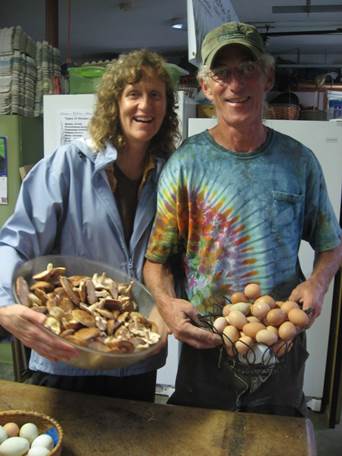Best Management Practices for Log-Based Shiitake Cultivation in the Northeastern United States (2013)
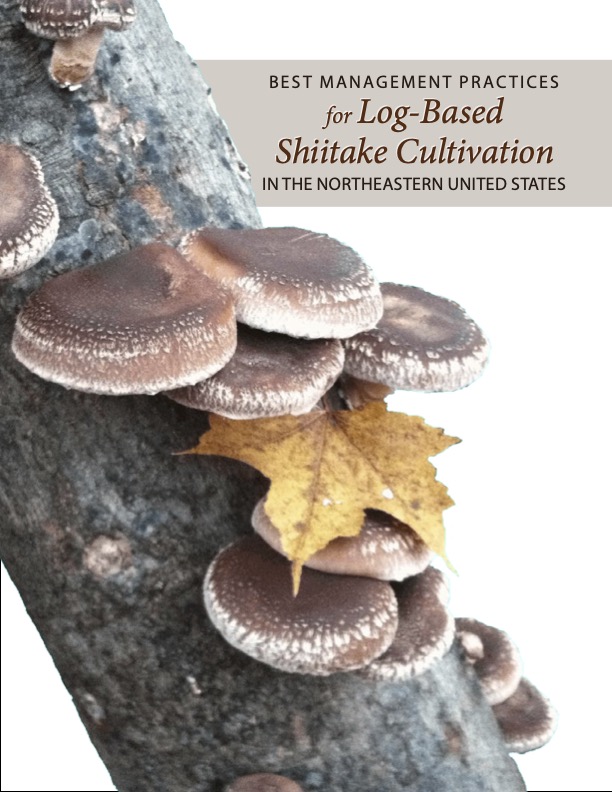
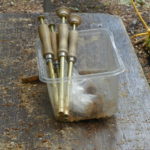
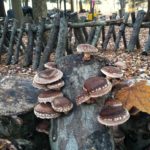
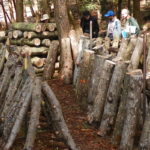
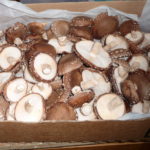
Series of photos taken of the shiitake operation at the Green Heron Growers in Panama, N.Y. (Steve and Julie Rockcastle, Green Heron Growers)
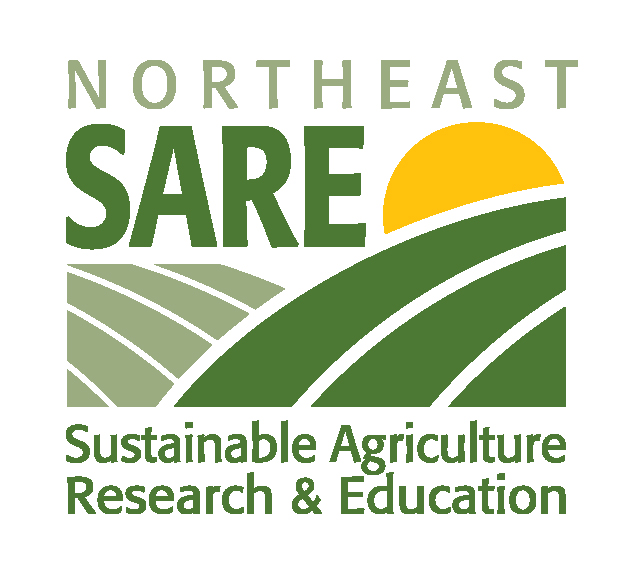
Funded by a Northeast SARE Research and Education Grant

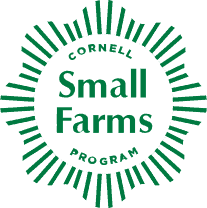
Copyright © 2013, UVM Center for Sustainable Agriculture, University of Vermont Extension. All rights reserved. No part of this work may be reproduced without the prior permission of the UVM Extension Center for Sustainable Agriculture (https://www.uvm.edu/extension/sustainableagriculture).
Issued in furtherance of cooperative extension work, Acts of May 8 and June 30, 1914, in cooperation with the United States Department of Agriculture. University of Vermont Extension, Burlington, Vermont. University of Vermont Extension, and U.S. Department of Agriculture, cooperating, offer education and employment to everyone without regard to race, color, national origin, gender, religion, age, disability.
Any reference to commercial products, trade names, and brand names is for information only, and no endorsement or approval is intended.
Introduction
To date, most forest cultivation of shiitake mushrooms has been conducted in the southern and Midwestern regions of the U.S. where the climate, available substrate tree species and markets differ from those in the Northeast. This manual outlines best management practices for shiitake mushroom cultivation and sales in the northeastern United States. In addition, the manual also includes anecdotes and tips from experienced growers in the region, data gathered from farms starting their operation, and the latest academic research.
This guide introduces the principles of shiitake cultivation. It combines insights gathered from professional growers, on-farm trial, and university-based research all within the northeastern United States. Keep in mind that the process presented herein may be slightly different amongst individual growers and will benefit from personal adjustments as the cultivator gains experience.
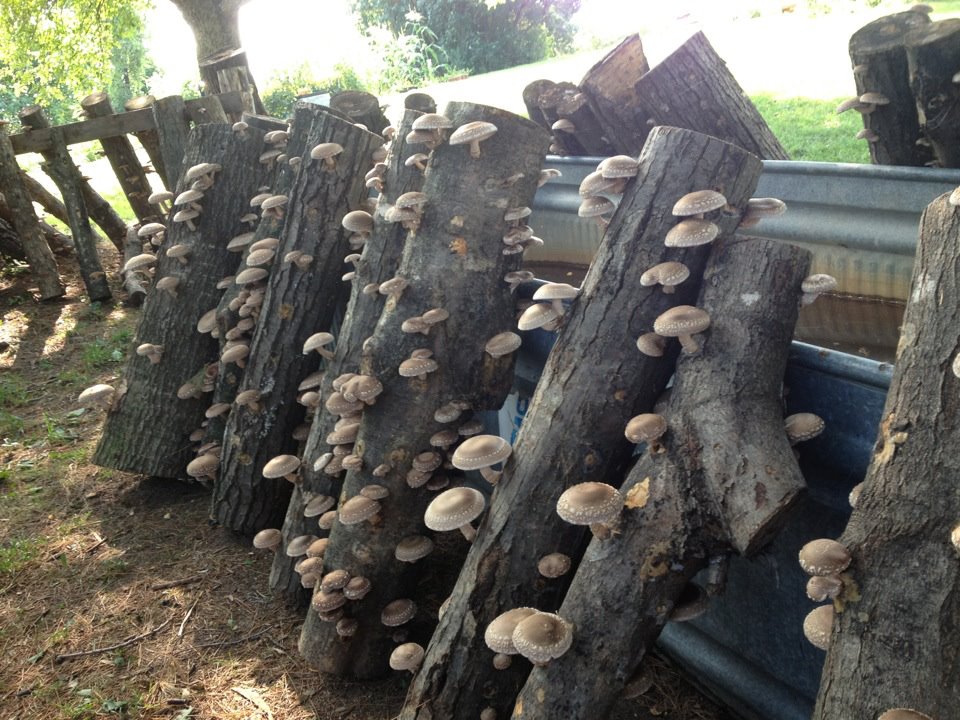
Expert Tips and Tricks
Some of the growers involved in this project have been growing and selling shiitake mushrooms for many years. Wherever applicable, they have shared helpful tidbits that helped them save time and money, and increase their own mushroom production.
Expert Opinions
Shiitake mushrooms have been grown in the U.S. only since the early 1980s so the process of cultivating shiitake mushrooms is still in its relative infancy. For many topics, there is no definite “right” way. For these situations, we have drawn on expertise from growers through their hands-on experience. These included not only the original four expert commercial shiitake growers involved in the SARE project that culminates in this guide, but also may others participating in the listserv that was initiated to foster communication among many more growers. Use this information to help yourself make informed decisions.
Grower Results
Twenty-seven beginning growers were chosen to participate in a SARE grant “Cultivation of Shiitake Mushrooms as an Agroforestry Crop in New England.” After attending a series of workshops including an on-farm visit to a shiitake grower and enterprise development training, each participant inoculated 100 bolts (logs) on their property with shiitake spawn, managed their laying yard, harvested and sold mushrooms, all the while keeping records of labor, expenses, production and sales. During the summer and fall of 2012 they completed their first harvest season and submitted their records. The results were analyzed to determine realistic estimates of the time requirements and costs of starting an operation and what profits they could expect to generate. Using their results, we were also able to draw some broad conclusions regarding production techniques.
Project Coordinators
Ken Mudge
Associate Professor Department of Horticulture Cornell University
Ithaca, N.Y.
Allen Matthews
Director and Instructor of Sustainable Agriculture Chatham University
Pittsburgh, Pa.
Ben Waterman
Beginning Farmer Coordinator Center for Sustainable Agriculture
Burlington, Vt.
Project Manager
Bridgett (Jamison) Hilshey
Graduate Student University of Vermont Burlington, Vt.
Contributing Farm Advisors
Steve Sierigk
Hawk Meadow Farm
Trumansburg, N.Y.
Nick Laskovski
Dana Forest Farm
Waitsfield, Vt.
Steve and Julie Rockcastle
Green Heron Growers
Panama, N.Y.
Steve Gabriel
Wellspring Forest Farm,
Mecklenburg N.Y.
